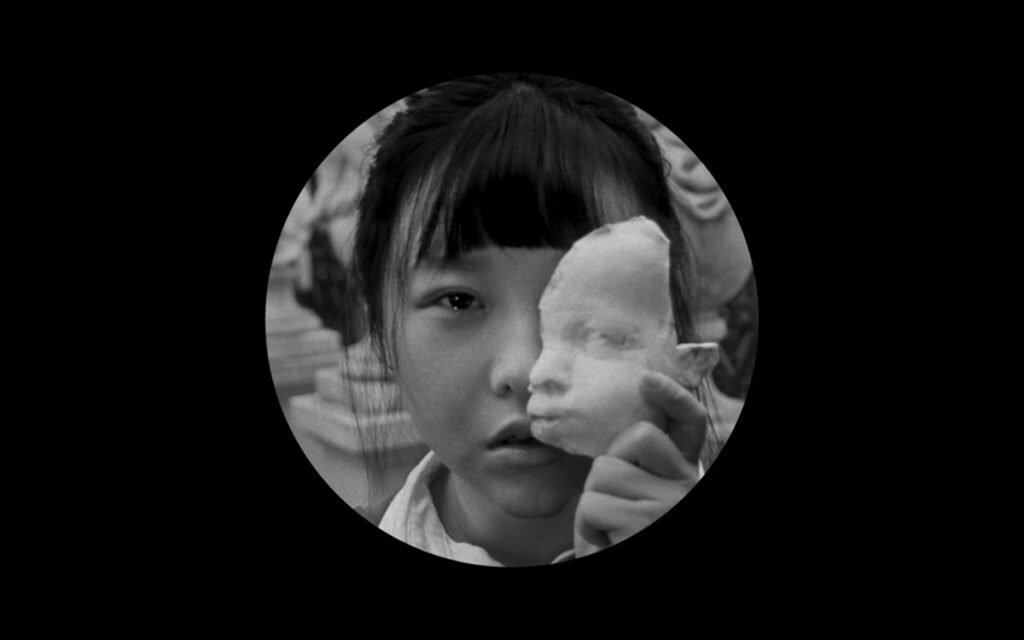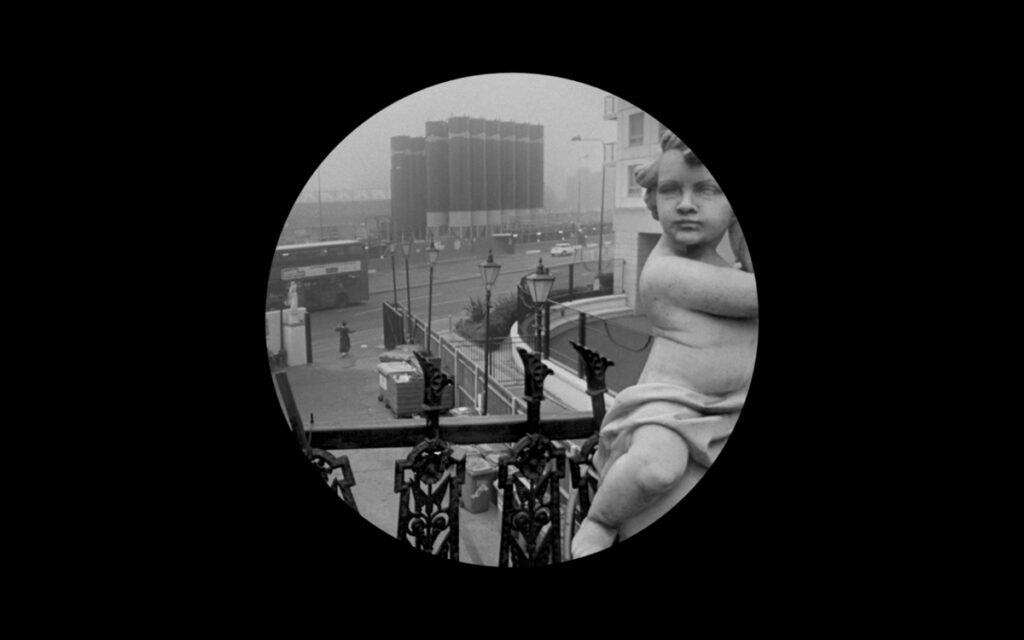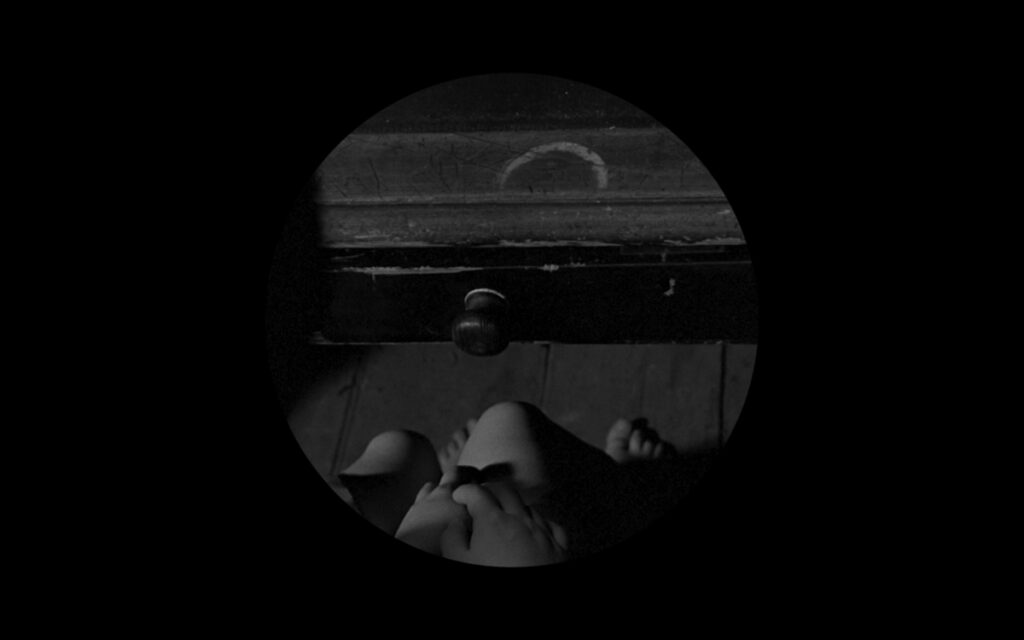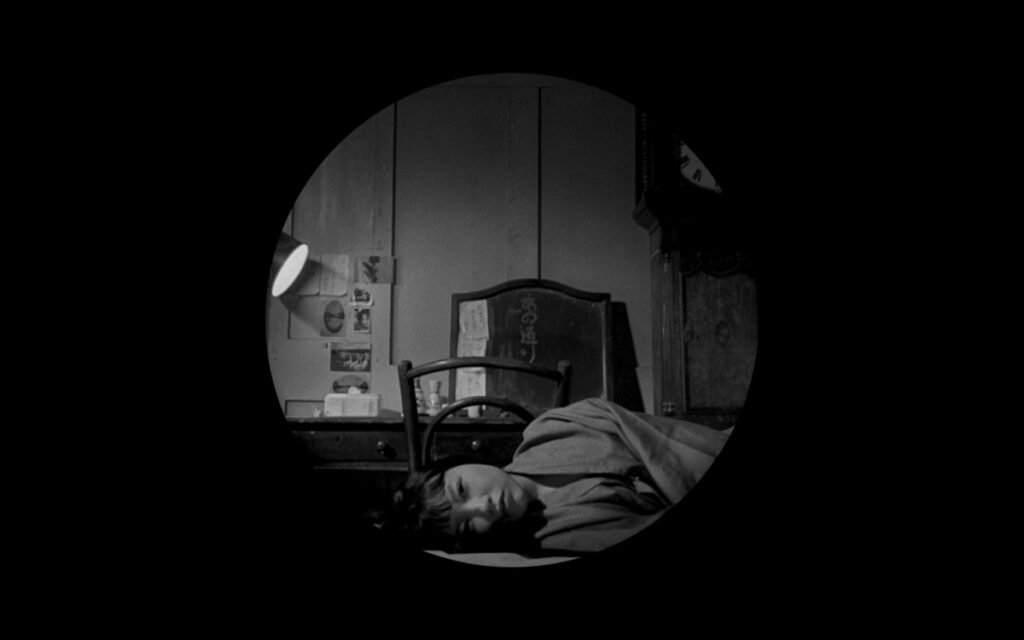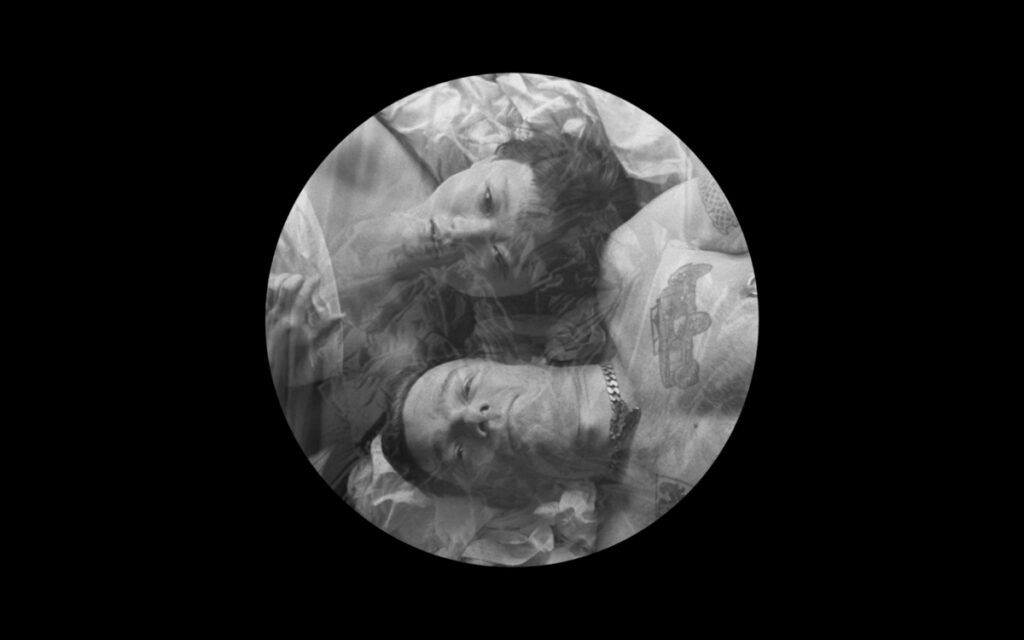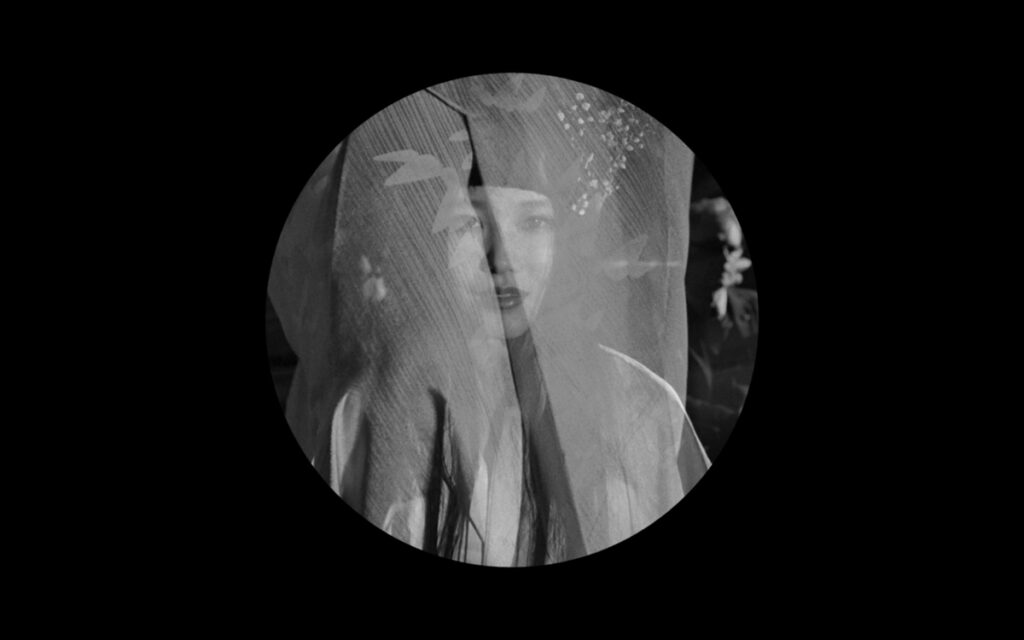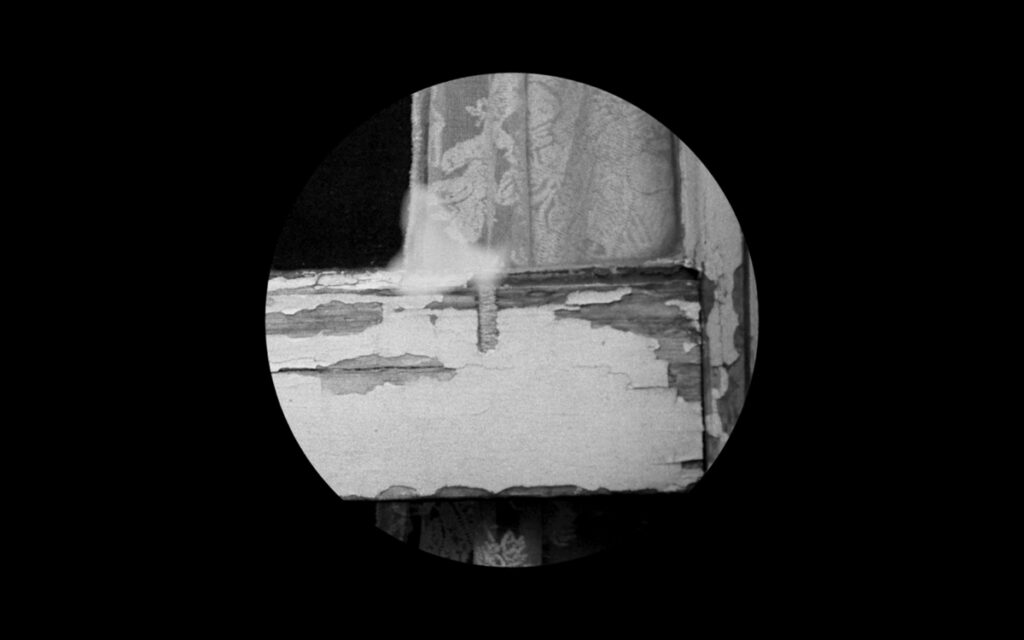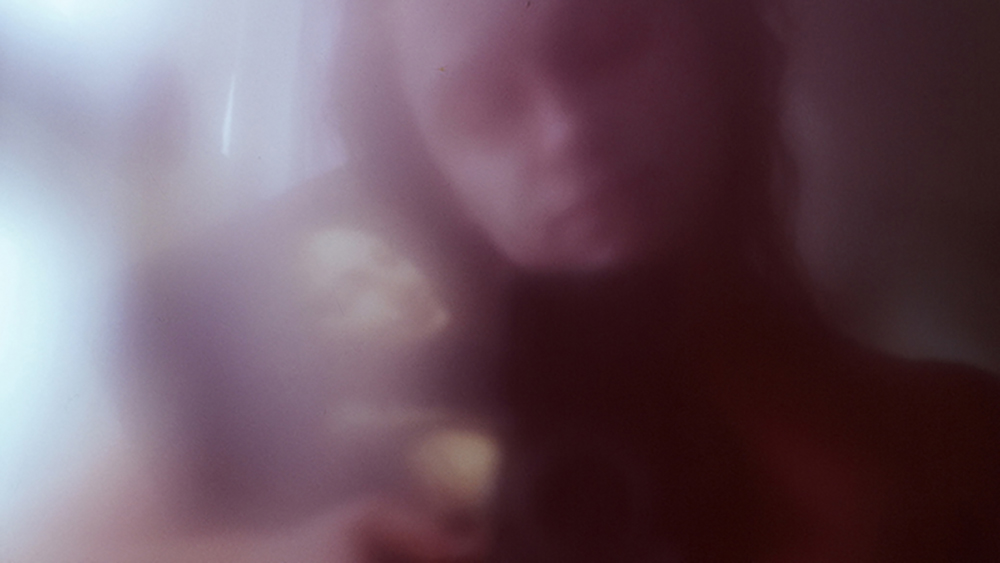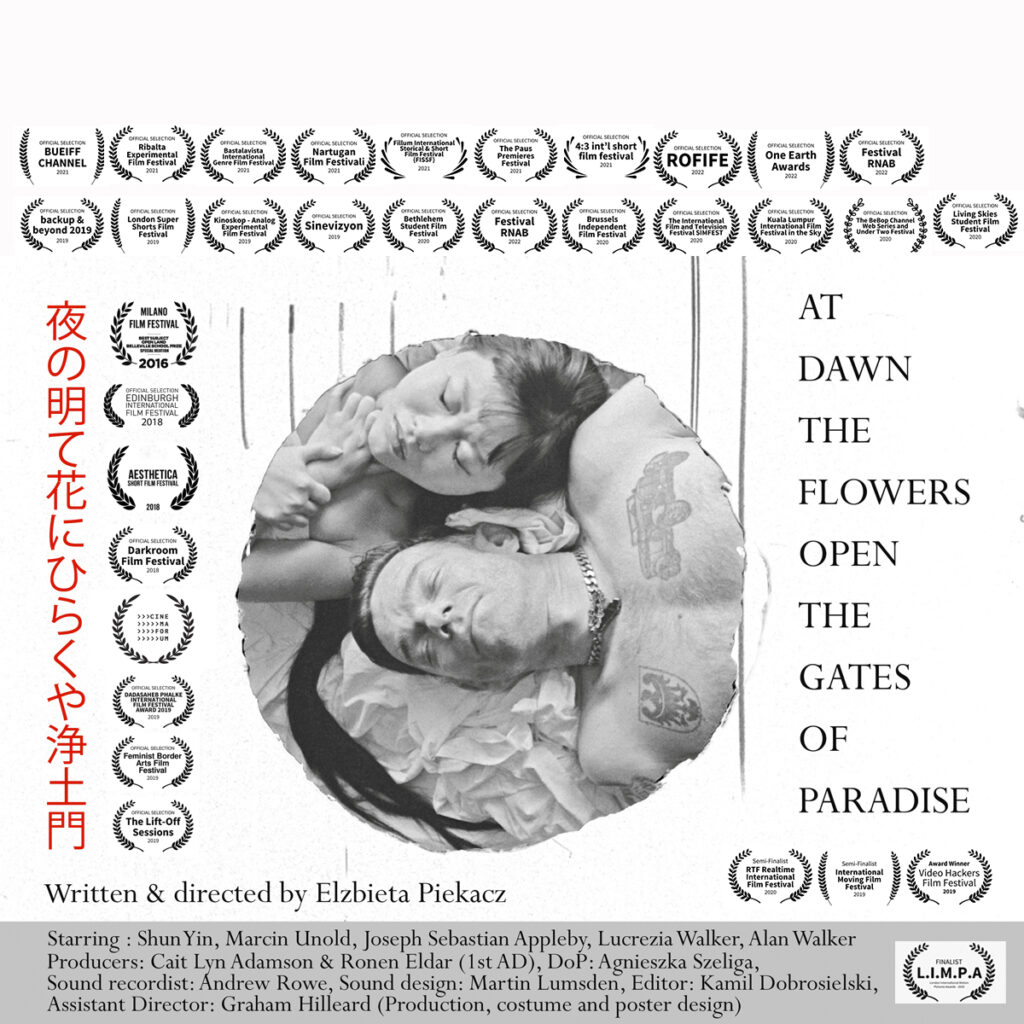
‘At Dawn the Flowers Open the Gates of Paradise’
working title ‘Blankets of love’
A film written & directed by Elzbieta Piekacz {Mela Hilleard}
Short, Experimental, Art House, Drama
13 minutes, B&W, 16mm, 25 fps, 1.85, English, DCP, UK 2017
SYNOPSIS
“At Dawn the Flowers Open the Gates of Paradise” is a short drama film, which tells the story of losing yourself in the feeling of love.
Akiko works in a central London hotel as a housekeeper where she finds refuge in a personal project. She is taking photographs of the hotel guests used bed sheets, which like sculpture printed by peoples sleeping and sleeplessness from the previous night. When she hears that the love of her life – Oskar has married, she builds from her photographs a kind of cocoon; an altar, on which she lies down, holding a ritual to free her spirit from the world which she cannot be reconciled.
With the dawn of the next day, from Akiko’s open window; flies a white butterfly…
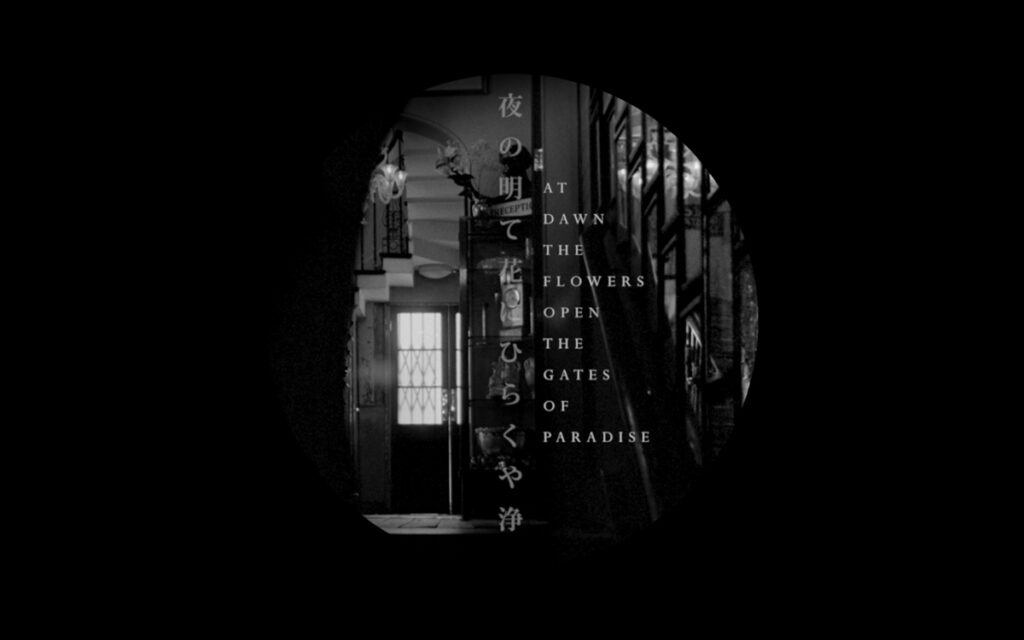
WEBSITE https://blanketsoflove.wordpress.com/
TRAILER https://vimeo.com/225616678
WORLD PREMIERE
The film will have its premier during the 72nd edition of the Edinburgh International Film Festival as part of the Main Programme: “Shorts: Dream Images”
https://www.edfilmfest.org.uk/2018/dawn-flowers-open-gates-paradise
AWARDS
The script for the film was awarded a Special Mention at the Milano Film Festival in 2016
http://lfs.org.uk/content/lfs-graduate-elzbieta-piekacz-blankets-love-milano-film-festival
Best United Kingdom Experimental Short Film – the London International Motion Picture Awards
Best Director – the Video Hackers Film Festival
ARTICLES
https://catford-mews.co.uk/blog/now-what-present-at-dawn-the-flowers-open-the-gates-of-paradise/

ARTISTIC STATEMENT
My first inspiration to write the screenplay was from working in a London hotel. I was fascinated by the illusion of that place and the disjointed worlds of employees and guests. Hotels as a “Tower of Babel”, the intersection of people on the way from different parts of the world in “Hotel-city” that is London on its own. The hotel rooms as metaphorical images of the subsequent stages of life, to the greatest mystery, the mystery of the end. The beds as a vehicle through all our life. The bed sheets themselves like shrouds, reflecting the most intimate moments.
I was questioning as a writer, the ability to write a character from such a different culture but I realised that the most important aspect for me is to tell the story of an emotional drama someone who is different “a stranger everywhere”. Like Stalker in Andrei Tarkovsky’s film of the same title, one of my film inspirations. Tarkovsky explained in one of his interviews: “I’m interested in a hero that goes on to the end despite everything. Because only such a person can claim victory. The dramatic form of my film is a token of my desire to express the struggle and the greatness of the human spirit.”
In the initial stages some of the inspiration came from poetry: “Barren Woman” by Sylvia Plath, “Sand and Foam” by Kahlil Gibran. Also a short story: “Numbers” by Olga Tokarczuk. From the very beginning I knew that I would like to use a voice-over of Akiko’s inner thoughts. During the writing process the inner narrative spine which helped me give a base rhythm for the entire film came from a drama about another obsessive love in “Crave” by Sarah Cane. Finally, for the film I used Haiku poetry by Saimu, Kobayashi Issa and Matsuo Basho. I was inspired by Haiku because it is like a draft, which in a fragment records the current state of the world in the most complete way. “As in the Zen paintings where individual particles of the universe: a tree or a flower, or even just a leaf, exist alone in a white and empty space; Haiku describes this world in the shortest and the most exhaustive way – the simple, pure beauty of an entity that is going to disappear. It’s a sudden understanding is like an awakening; allowing us to rise to the higher level of being and to accept the reality with peace, without haste, with a certain resignation.”
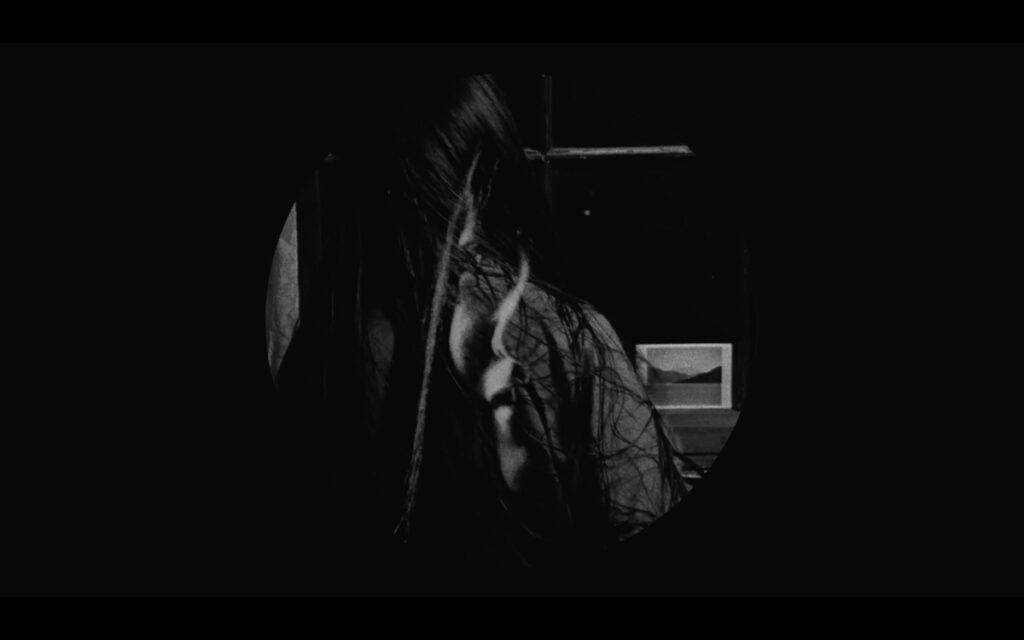
My idea was to work with people sharing same aesthetic, build “kind of family” for this and my next films. I invited people who I had met in London and had gone through a transition in their life and gave them the role in the film as a challenge. Creating a crew for my film already felt like directing connecting all those words together.
I felt, I already had the main actress whose presence was inspiration for my script and I decided to continue with rest of casting the same way; following my intuition by using people who I already knew. Working with non-professional actors as did Robert Bresson – another director like Andrei Tarkovsky who inspired me and whose films also “resembled prayer” with “style created films of great passion: Because the actors didn’t act out the emotions, the audience could internalise them.”
The location was to be as important as the actors. I was treating my location – the hotel same way like casting actors. I felt it is very important like a “living hero”. I realised that all story should happen in one place from where Akiko cannot escape like a butterfly in the jar. Initially I was looking for my location in many places then I realised there is only one place where I want to tell this story. That I have to express my gratitude to the city witch embraced me 12 years ago – London. I was considering a few hotels but realised that I couldn’t have any artistic freedom in them. The solution came if we created a hotel which not exist. Suddenly I realised that Brunswick House – where our production designer worked part-time is our hotel and is building with a story on its own; now an antique shop located in Vauxhall, like an island surrounded by new-built, investment, empty skyscrapers.
In the film we used a traditional Japanese folk song “Sakura Sakura”. In last scene Akiko hums this song, then Shakuhachi, a Japanese flute joins her; they become one. During the writing process music inspiration for the film was “Madame Butterfly” by Giacomo Puccini. The butterfly instead become an important element; the main character saw herself as a Madame Butterfly and also she was looking after a butterfly with broken wings. I first thought to use a real butterfly but I realised that it was not possible in winter, when we was shooting, so it was decided with production design to build an animated model of a butterfly. Like butterflies that cover Akiko’s silk kimono which she wears in the last scene of her liberation. I realised that writing about costumes helped me get a deeper perspective on my character and her stages of transition. Akiko’s uniform as a housekeeper was based on a Vilhelm Hammershøi painting, an inspiration also for the story board.

From the beginning I wanted shoot on film, in B&W, using an Aaton Super 16 mm, 3×4 Aspect ratio, which I felt to be the best frame to tell a one-character story. After receiving the test, I made the decision to shoot straight on B&W. I wrote to my DoP and producers: I saw the B&W test and it absolutely proof of my intuition, to shoot in B&W. The beginning of the story and the core are analogue B&W stills with one existing as a prop through entire film, the ending is what we want to finally achieve: a print on film in B&W. Grain on the film adds a natural texture, like the structure of butterfly wings.
Still photography played another important part in the film. Photography inspiration are by Eva Rubinstein and Sophie Calle. I used my experience as a stills photographer and decided to use the camera still with no movement and the lack of film stock meant “editing in camera” with long takes cut only motivated. I was analysing scene by scene with my DoP “Ida” by Paweł Pawlikowski: “Shot in deep, glowing monochrome, with the camera completely still for all but two scenes, “Ida” is a study in expressive silence and composure.”
The sound design idea came with adding during editing process circle frame – called Zen circle in painting. The visual idea came from fascination of test footage cuts. Then Japanese windows came. The main characters felt in this frame like a pinned in butterfly. Same with sound design the pinhole idea of sound in mono open into surround with her liberation.
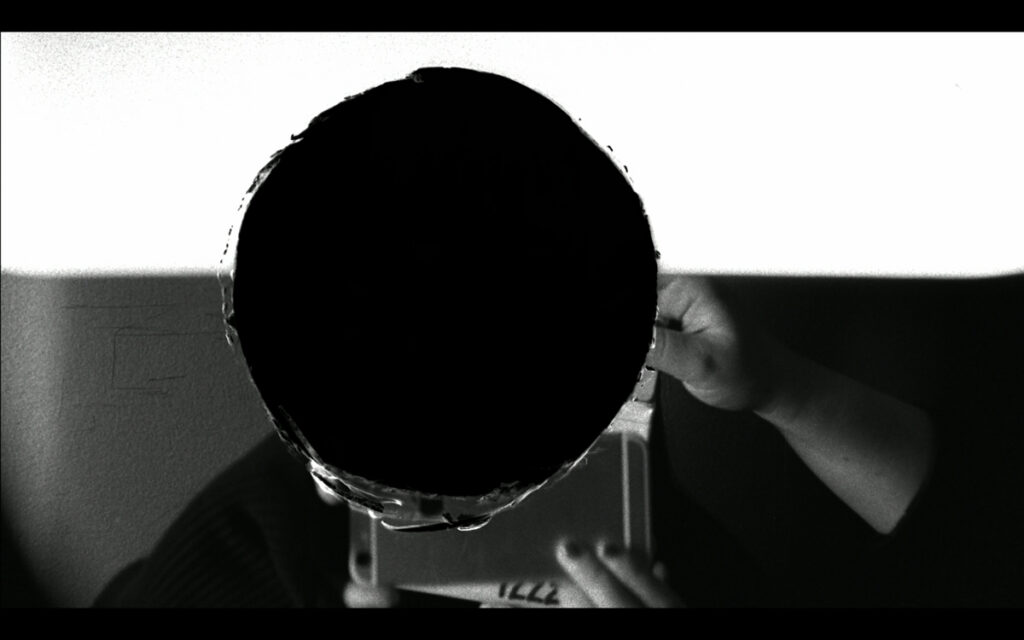
CAST
Akiko: Shun Yin
Akiko’s VO: Yuriri Naka
Oscar: Marcin Wilhelm Unold
John: Joseph Sebastian Appleby
Mother: Lucrezia Walker
Father: Alan Walker
CREW
Writer/Director: Elzbieta Piekacz {Mela Hilleard}
Producers: Cait Lyn Adamson, Ronen Eldar
Assistant Director: Graham Hilleard
1st AD: Ronen Eldar
Director of Photography: Agnieszka Szeliga
Gaffer: Antoine Billon
1st AC: Cameron Ward
2nd AC: Franco Volvo
Still photographers: Chelsea Gallagher, Honorata Karapuda
Sound recordist: Andrew Rowe
Sound designer: Martin Lumsden
Sound mix: Martin Lumsden
Production Designer: Graham Hilleard
Art Directors: Phoebe Berardi Chelsea Gallagher
Production Design Assistants: Sining Wang Sean Dale
Costumes: Graham Hilleard, Megumi Uenoyama Barrington, Shalini Adnani
Make-up artist: Aki Miyanishi
Editor: Kamil Dobrosielski
Colourist: Nicholas Scott
Film process: CINELAB London
‘Sakura’ on Shakuhachi: Harrie Starreveld ‘Sakura’ song improvisation: Yuriri Naka
Haiku poetry inspired by Saimu, Kobayashi Issa and Matsuo Basho
Web designer: Michal Bialozej
Poster designer: Graham Hilleard
Title: Heeyoung Pyun
Credits: Kamil Dobrosielski
Crowdfunding Campaign Coordinator: Dobroslawa Switalska
Interior and Exterior locations courtesy of LASSCO Brunswick House
